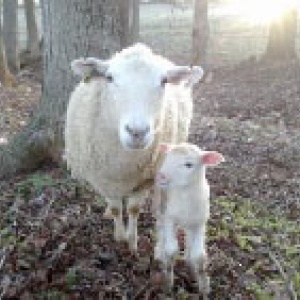
The international research team behind this article calls for an increased climate policy focus on reducing ruminant meat consumption. They argue that climate negotiations thus far have paid too little attention to the role of livestock when discussing greenhouse gas mitigation. Methane from ruminants is the largest human-related source of the greenhouse gasses. As such, reducing ruminant populations is the most effective way to cut methane emissions and would also reduce CO2 emissions resulting from forest clearance for livestock farming. The livestock sector as a whole contributes around 14.5 % of all human-caused GHGs according to the latest FAO report) – a figure that includes overall GHG emissions, not just methane.
The study argues that the best option would be to raise the price of meat through taxes or an emissions trading regime so as to moderate consumption patterns and emphasise that demand reduction offers greater greenhouse gas reduction potential than other efforts such as increasing livestock feeding efficiency or crop yields per acre – although a combination of consumption and production side measures could deliver the greatest mitigation potential. Reducing ruminant populations is also said to bring other potential benefits for food security, human health and environmental conservation involving water quality, wildlife habitat and biodiversity.
Abstract
Greenhouse gas emissions from ruminant meat production are significant. Reductions in global ruminant numbers could make a substantial contribution to climate change mitigation goals and yield important social and environmental co-benefits.
Citation
Ripple W. J., Smith P., Haberl H., Montzka S. A., McAlpine C., Boucher D. H., Ruminants, climate change and climate policy, Nature Climate Change, 2014, doi:10.1038/nclimate2081
With journal access you can read the full article here. You can also read about this journal article in the Guardian here and for further coverage of the story, click here.
For the FCRN’s own work on livestock see our report “Meat and dairy production & consumption: Exploring the livestock sector's contribution to the UK's greenhouse gas emissions” here. You can read two of our journal papers on livestock and GHGs here and here and lastly there are two briefing papers linked to livestock, GHGs and food security here and here.
Other material on meat and greenhouse gas emissions can be found on our website here. You can also browse through FCRN's resources on sustainable diets here and here. For further information and resources on issues concerning consumption and sustainability, click here







Post a new comment »